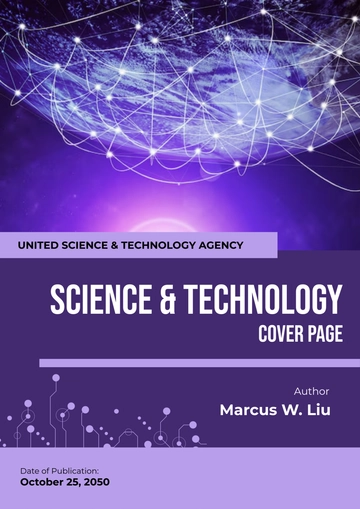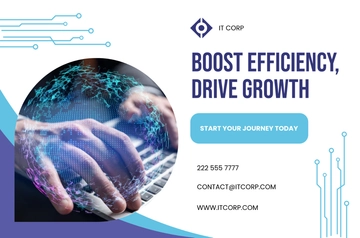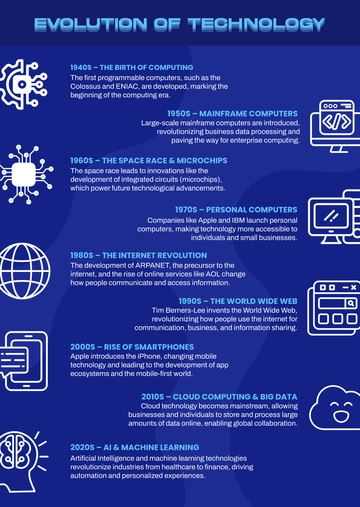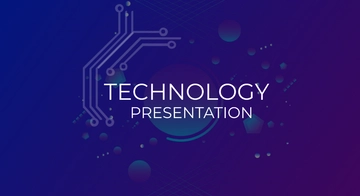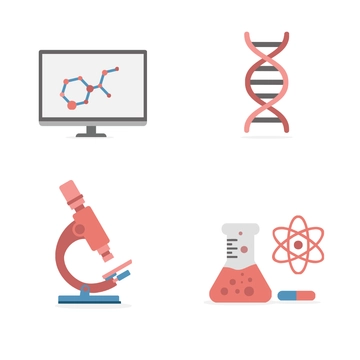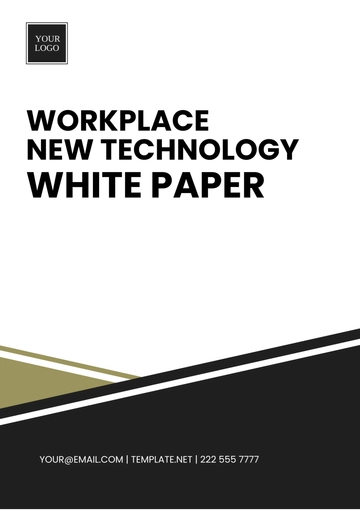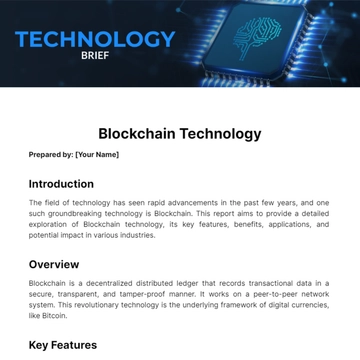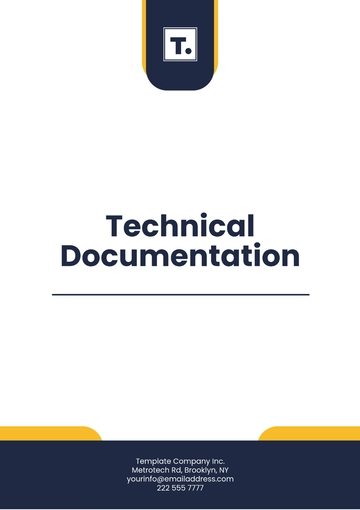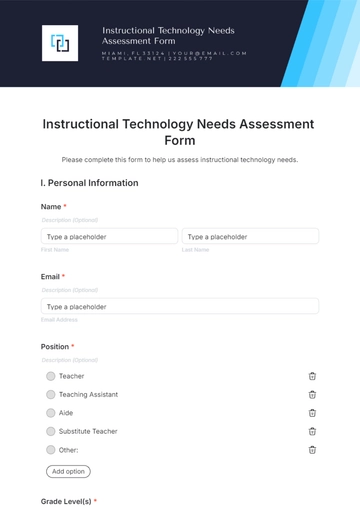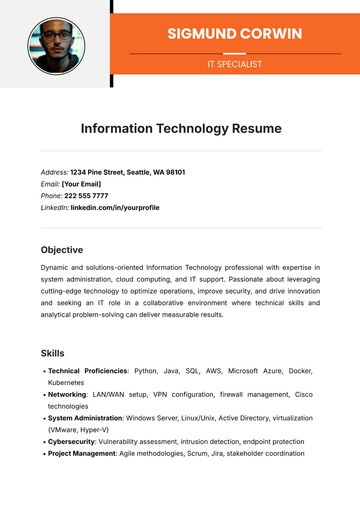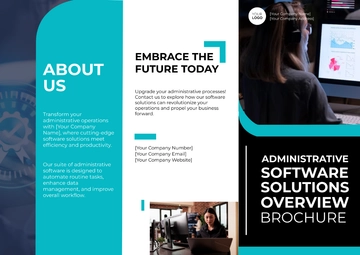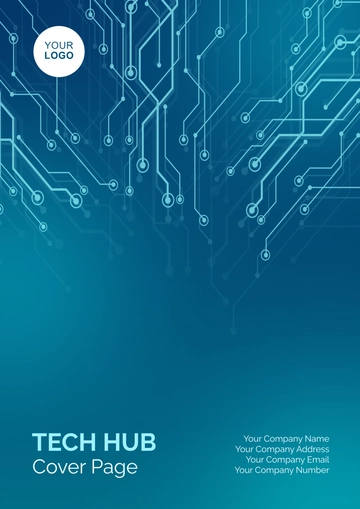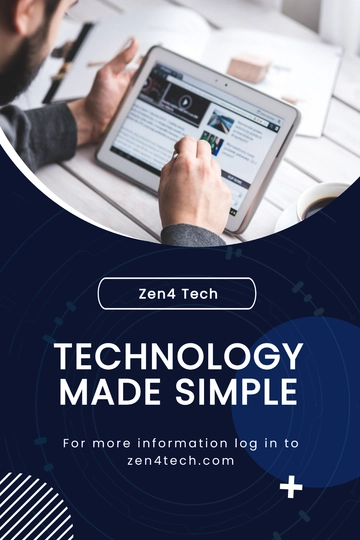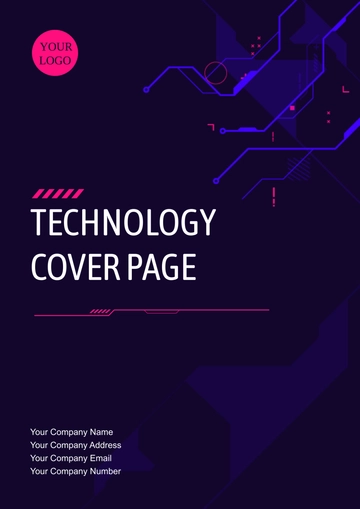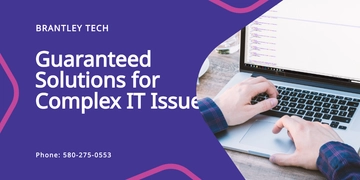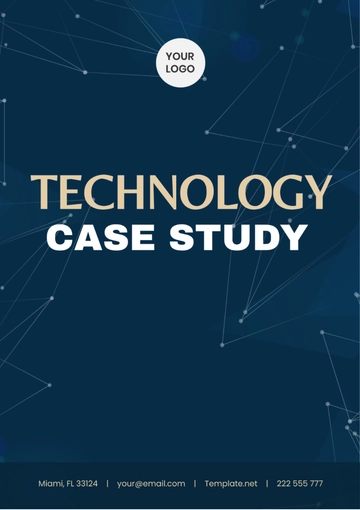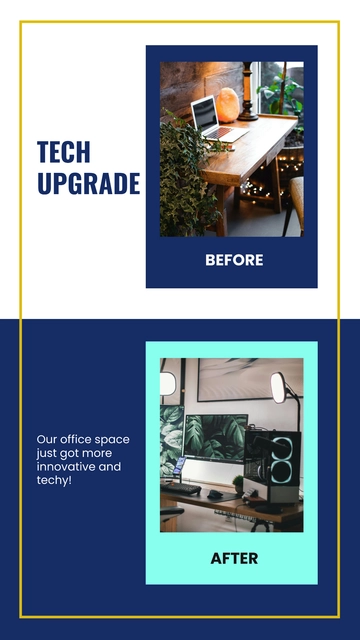Process Automation Requirements
1. Introduction
This document provides a detailed outline of the requirements for implementing a process automation solution within [Your Company Name]. The primary objective of this initiative is to streamline and optimize the workflow associated with invoice processing. By doing so, we aim to significantly enhance overall efficiency, ensure a higher degree of accuracy, and ultimately boost productivity levels within the organization.
2. Scope
The scope of this automation project includes:
Processes to be Automated: Identification of invoice receipt, data extraction, validation, and approval workflows.
Automation Boundaries: This project does not include automating vendor management or integration with third-party financial systems.
3. Business Requirements
3.1 Objectives
Increase Efficiency: Automate the invoice processing to reduce the time spent on manual data entry and approval.
Improve Accuracy: Minimize human errors in invoice data handling and reduce discrepancies.
Enhance Reporting: Automate the generation of monthly financial reports to provide real-time insights into invoice processing metrics.
3.2 Stakeholder Needs
Stakeholder | Needs |
|---|
Business Managers | Timely and accurate reports on invoice processing |
IT Team | Seamless integration with the existing ERP system |
End Users | User-friendly interface with minimal disruption to their daily tasks |
4. Functional Requirements
4.1 Process Flow
The automation solution must:
Input Handling: Capture invoices from email and scan attachments.
Processing: Extract data from invoices using Optical Character Recognition (OCR) and validate against purchase orders.
Output Generation: Produce outputs such as approval notifications and updated records in the ERP system.
4.2 User Interactions
4.3 Integration
Systems Integration: Connect with the existing ERP system (SAP) to update invoice records and financial data.
Data Handling: Ensure data integrity and security through encryption and secure data transfer protocols.
5. Non-Functional Requirements
5.1 Performance
Speed: Automation processes should complete invoice processing within 5 minutes of receipt.
Scalability: The solution must handle up to 1,000 invoices per day without performance degradation.
5.2 Security
Data Protection: Ensure sensitive invoice data is protected in compliance with GDPR and internal data security policies.
Access Control: Implement role-based access controls to restrict access to sensitive invoice information.
5.3 Usability
6. Technical Specifications
6.1 System Requirements
Hardware: Minimum specifications include a server with 16 GB RAM and 4 CPUs and workstations with 8 GB RAM and 2 CPUs.
Software: Required software includes OCR software (ABBYY FineReader), ERP system (SAP), and automation tools (UiPath).
6.2 Architecture
System Architecture Diagram: The automation solution includes an OCR engine, a data validation module, and an integration layer with SAP.
Data Flow Diagram: Data flows from email to OCR processing, validation, and finally updates the ERP system.
7. Acceptance Criteria
7.1 Testing
Functional Testing: Verify that all invoices are accurately processed, validated, and recorded in the ERP system.
Integration Testing: Ensure that data integration with SAP is seamless and error-free.
7.2 Success Metrics
8. Dependencies and Constraints
9. Glossary
Automation: The use of technology to perform tasks without human intervention.
Integration: The process of connecting different systems or applications to work together seamlessly.
Performance Metrics: Measures used to evaluate the efficiency and effectiveness of the automation solution.
Requirements Templates @ Template.net



